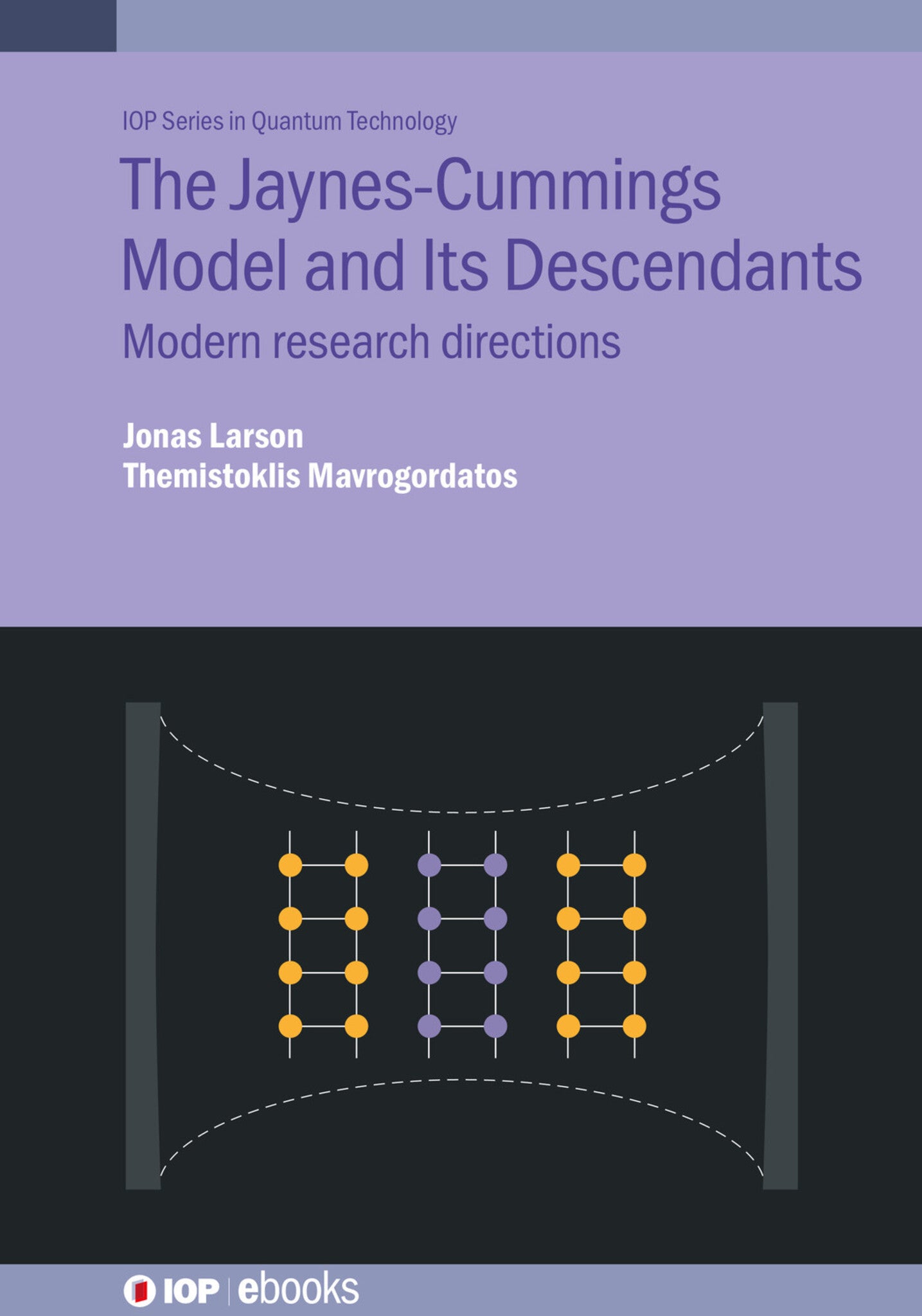We're sorry. An error has occurred
Please cancel or retry.
The Jaynes–Cummings Model and Its Descendants

Some error occured while loading the Quick View. Please close the Quick View and try reloading the page.
Couldn't load pickup availability
- Format:
-
27 December 2021

The Jaynes–Cummings Model (JCM) has recently been receiving increased attention as one of the simplest, yet intricately nonlinear, models of quantum physics. Emphasising the omnipresence of the JCM across a range of disciplines, this comprehensive review conveys to the reader the fundamental generality of its formalism, looking at a wide range of applications in specific physical systems and across disciplines including atomic physics, quantum optics, solid-state physics and quantum information sciences. An ideal reference for researchers in quantum physics and quantum optics, the book also comprises an accessible introduction for students engaged with non-equilibrium quantum phase transitions, quantum computing and simulation, and quantum many-body physics.
Key Features:
- Collects JCM physics and applications scattered across literature and different applications.
- The exposition guides the reader through a rich and appealing landscape interlacing quantum optics and condensed-matter physics.
- All chapters discuss theory and experiment, linked historically to the development of the various directions stemming from JC physics. This is accompanied by a thorough list of references to the key publications.
- The presentation is kept concise, while continuous text is interspersed with various illustrations and an economical use of mathematical expressions.

SCIENCE / Physics / Quantum Theory, Quantum physics (quantum mechanics and quantum field theory), SCIENCE / Physics / Optics & Light, TECHNOLOGY & ENGINEERING / Optics, Optical physics

Foreword
Introduction
1 Theoretical aspects
2 Cavity QED
3 Circuit QED
4 Trapped ions
5 Waveguide QED
6 Alternative physical systems
7 Extensions to many-body configurations and additional degrees of freedom 8 Conclusions - a projection for the coming decades



